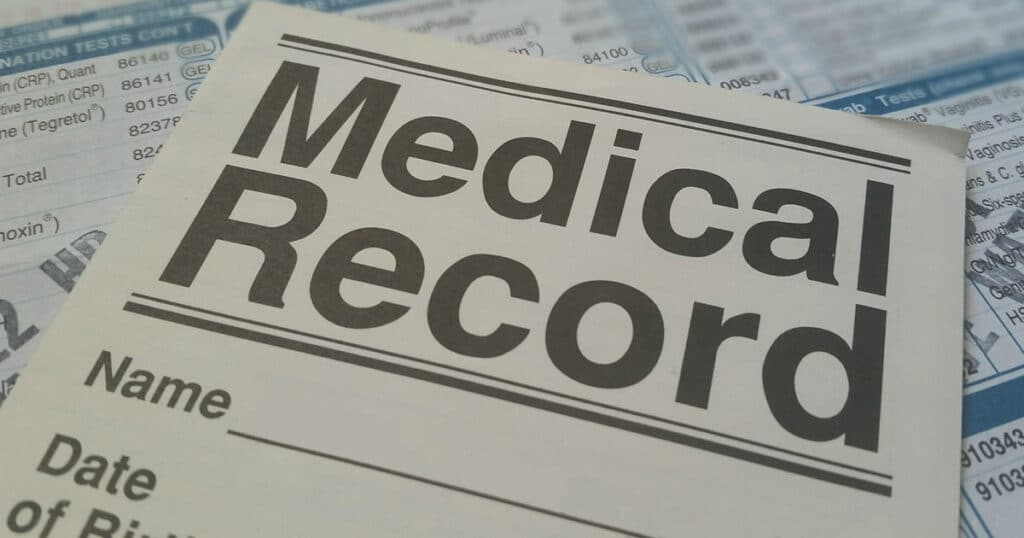The SSA Sequential Evaluation Process for Disability Benefits
Home » Applying for SSDI » The SSA Sequential Evaluation Process for Disability Benefits
The Social Security Administration (SSA) uses a “Sequential Evaluation Process” to determine whether or not an applicant qualifies for Social Security Disability Insurance benefits.
This is a five-step process that carefully evaluates varying aspects of an applicant’s capabilities, such as monthly income, the type and severity of the medical condition(s) they may have, and the limitations or impairments caused by the condition(s). The requirements that are scrutinized in these five steps, which are outlined in the Social Security Act, will determine your eligibility for disability benefits.
Step One – Substantial Gainful Activity (SGA)
During the initial step of the process, the SSA asks, are you working? More specifically, are you engaging in what is called “Substantial Gainful Activity.” This is a two-part test. First, the SSA examines whether or not the work being done is “gainful,” meaning it generates more than a certain amount of income on a monthly basis. Then, the SSA examines whether or not the work is “substantial,” meaning that it is a job in which little or no accommodation is made for a disability.
If you are not working or if you are working and that work is not “Substantial Gainful Activity” you move on to Step 2. If, however, you are working and it is Substantial Gainful Activity you will not be considered to be disabled as defined by the Social Security Act.
Step Two – Severity of Impairment
Step two evaluates the severity of your physical or mental conditions . An impairment is a condition that you have been diagnosed with by a medical provider. That condition or impairment will be considered “severe” if it impacts your ability to perform functions essential to work.
The limitations from any particular condition do not have to prevent you from working, just limit you from performing work normally. It is the cumulative impact of all of your severe conditions that will determine whether you are approved for benefits.
A common misconception is that to qualify as disabled a person must be so injured or so sick that they can’t do any work at all – but that’s not true. If the effect of all your severe conditions/impairments will prevent you from sustaining your work, then you will be found disabled.
Essentially, your impairment (or combination of various impairments) must in some way hinder you from sustaining work. Sustaining work means going to your job day-in, day-out, working your 8 hour shift, 5 days a week, 50 weeks per year, and meeting the employer’s normally-expected production or performance standards for your job.
Step Three – Meeting Or Equaling A Listing
At step three, the SSA will look at the severity of your disability and impairments more closely, specifically to determine if you “meet a listing”. The SSA and the Social Security Act have a detailed listing of criteria that must be either “met” or “equaled” to be considered disabled as per their definition.
The impairment(s) need not be exactly as listed; however, if they don’t exactly match the listing, they must be equal in severity to the criteria listed.
If you do meet or equal the listing, then you do qualify as disabled and will likely be awarded benefits. If the SSA finds that your impairments do not meet or equal the listing, don’t worry! This doesn’t mean you automatically don’t qualify, it just means that you move on to step four for further evaluation.
Step Four – Past Relevant Work
Your RFC is the MOST that you can do given the limitations caused by your severe impairments. In other words it is a summary of your work related limitations. Remember that your RFC isn’t the least you can do, it’s the most you’re capable of doing.
If you can still perform your previous work responsibilities for prolonged periods of time without physical or mental deterioration, you will not be considered to be disabled.
If the SSA sees that you cannot do your Past Relevant Work, or do not have work experience from which to compare, you will advance to step five.
Step Five – Other Types of Work
At Step 5, the final step, your impairments will be evaluated to determine whether or not you can perform the tasks and duties of other types of jobs. The SSA will take into consideration different aspects not yet considered, such as your age, your education, your RFC, and whether or not your abilities – given your limitations – might translate to a different job.
The SSA’s goal is to determine whether or not you could still work in a job that exists in the national economy. If you are able enough to sustain work in other types of jobs, given your current physical and mental state, you will not be found disabled.
But, if your current abilities support that you cannot sustain work, you will be considered disabled as defined by the Social Security Act and will likely be awarded benefits.
Since 2010, Citizens Disability has been America’s premier Social Security Disability advocate. Our mission is to give a voice to the millions of Americans who are disabled and unable to work, helping them receive the Social Security Disability benefits to which they may be entitled. We have helped tens of thousands of individuals with their SSDI claims. Your success is our mission.
It is easy to get started.
It is easy to get started. No upfront costs – You only pay if we win!
Oops! We could not locate your form.









